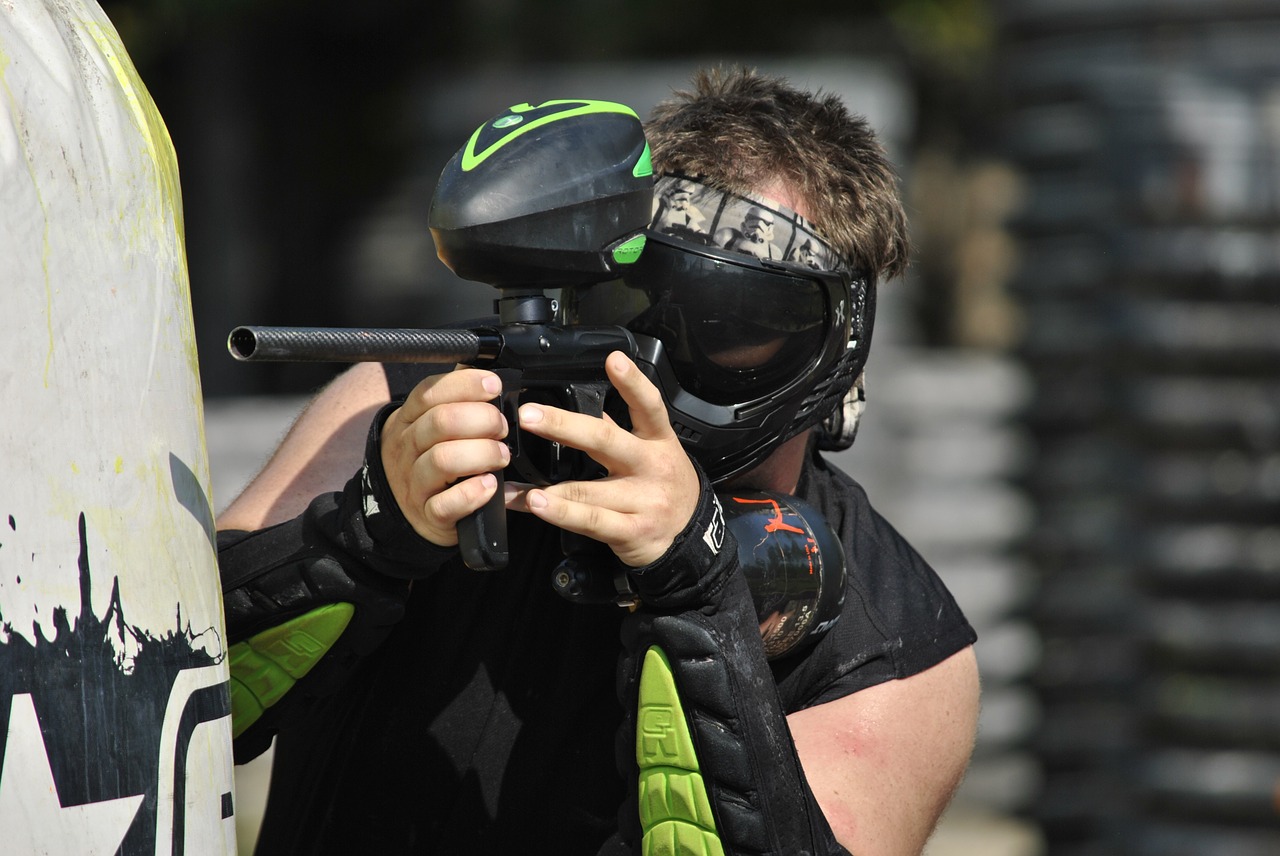Parents may need to take more precautions when it comes to allowing their kids to use BB, pellet and paintball guns. A new study found that eye injuries related to these guns have gone up by almost 170% in the past 23 years.
Dr. Jorge Gomez, primary sports medicine specialist at Texas Children’s Hospital, said,
The results of this study are certainly alarming.
The long-term study was conducted by researchers at the Center for Injury Research and Policy of the Research Institute at Nationwide Children’s Hospital, who took a closer look at injuries related to eye injuries in children treated at emergency rooms across the United States from 1990 to 2012, CBS News reports.
During this time period, close to 442,000 children were taken to the ER for such injuries, which means an average of over 19,200 kids a year or two every hour. Most cases were treated and the patients release, but almost 5% needed to be hospitalized.
The data shows that while sports-and-recreation related eye injuries declined overall over time, those associated with non-powder guns went up significantly.
Kids and teens ages 10 to 17 years old had the highest rate of eye injuries. Boys were more likely to suffer injuries compared to girls, with boys accounting for three-fourths of all cases. The two most common causes of eye injuries were basketball and baseball, which took 15% each. Non-powder guns caused nearly 11% of all eye injuries.
In all cases, the injuries from BB, pellet or paintball guns were more likely to be severe enough to require hospitalization. Some 79% of hospital cases were caused by BB or pellet guns, while 19% were caused by paintball guns.
Dr. Gary Smith, director of the Center for Injury Research and Policy at Nationwide Children’s Hospital, said, “Eye injuries associated with sports and recreation are common but preventable. These injuries happen in an instant and can have significant lifelong effects. Increased prevention efforts are needed, especially for eye injuries associated with non-powder guns, which this study demonstrated are increasing.”
The study was published in the journal Pediatrics.
























